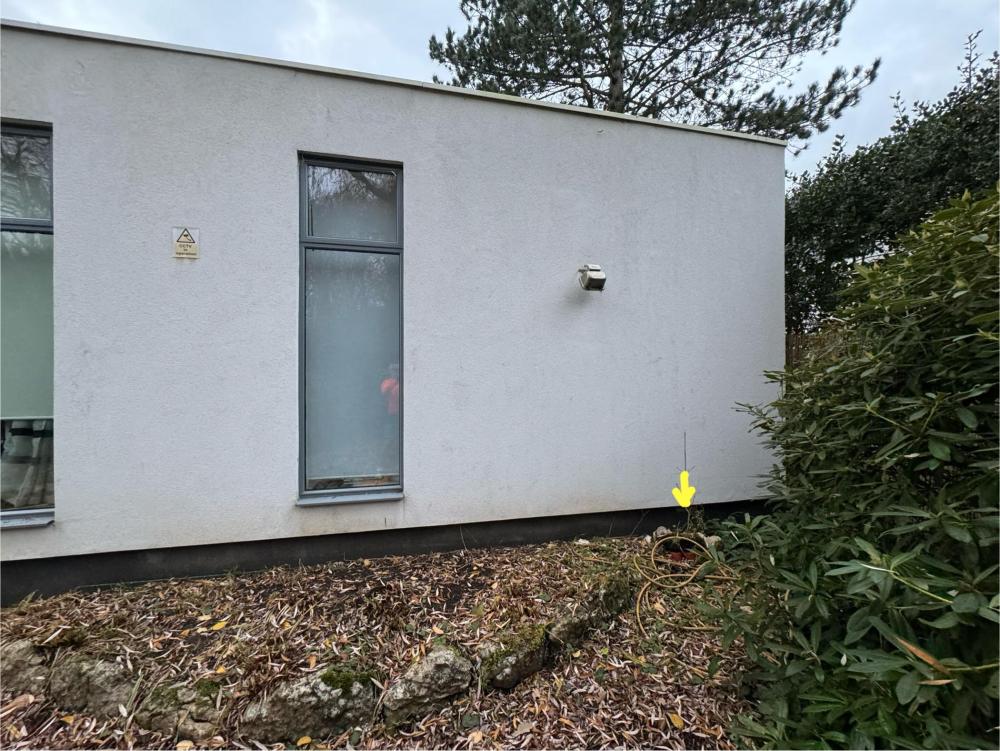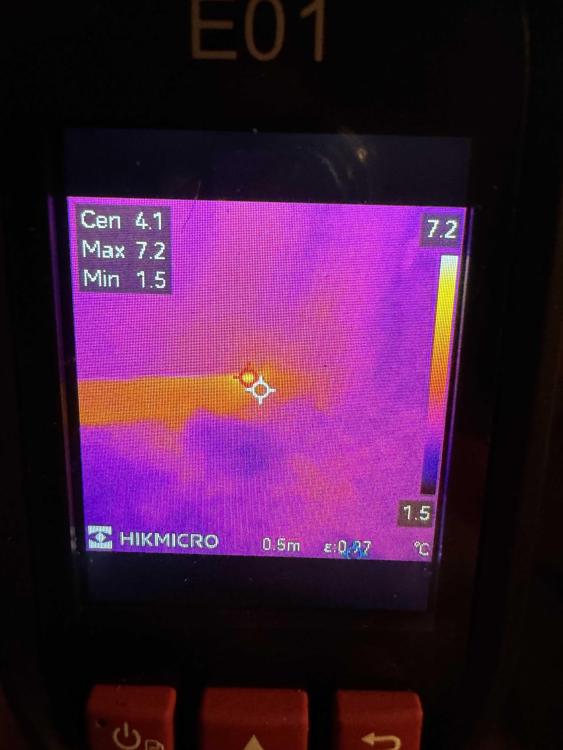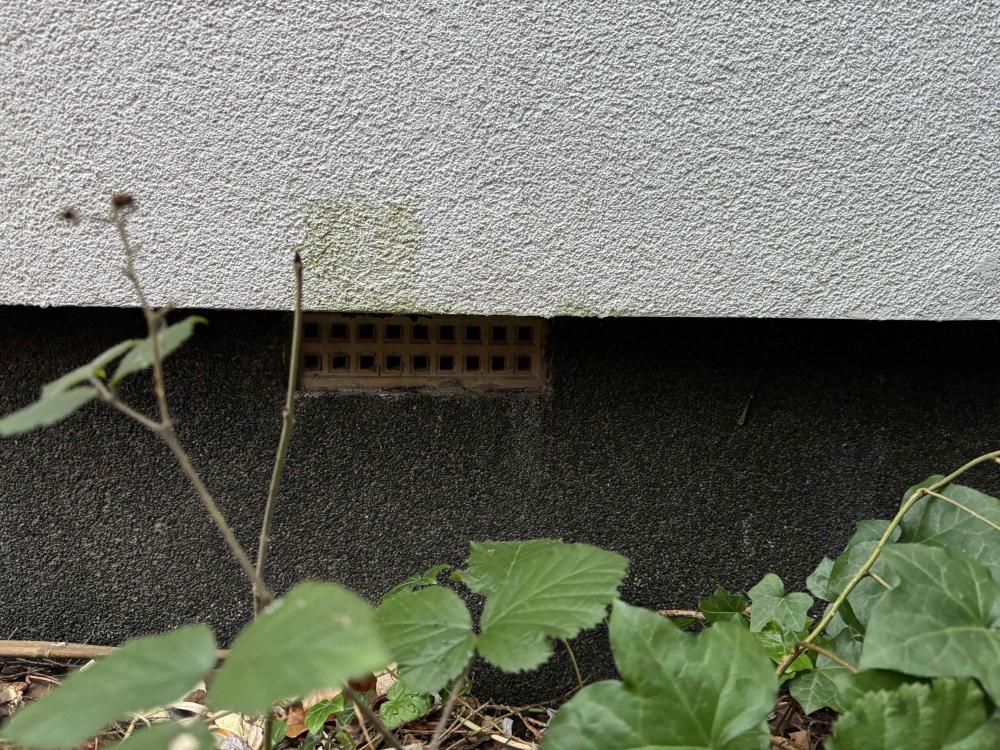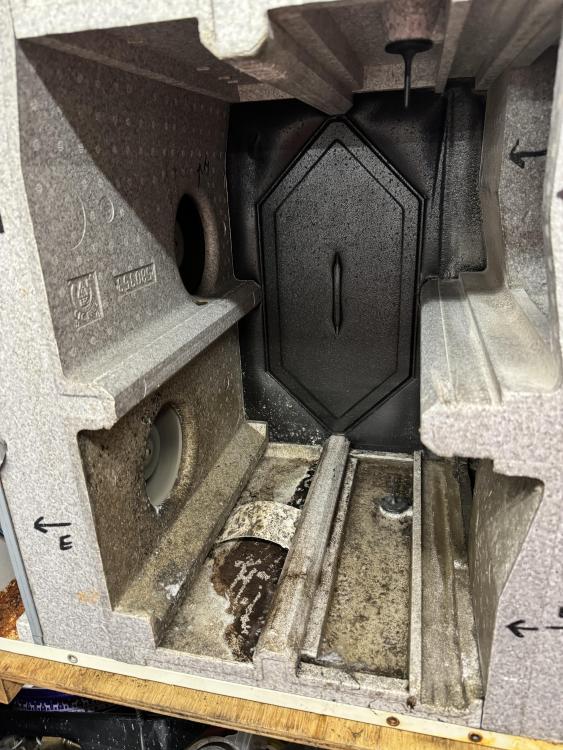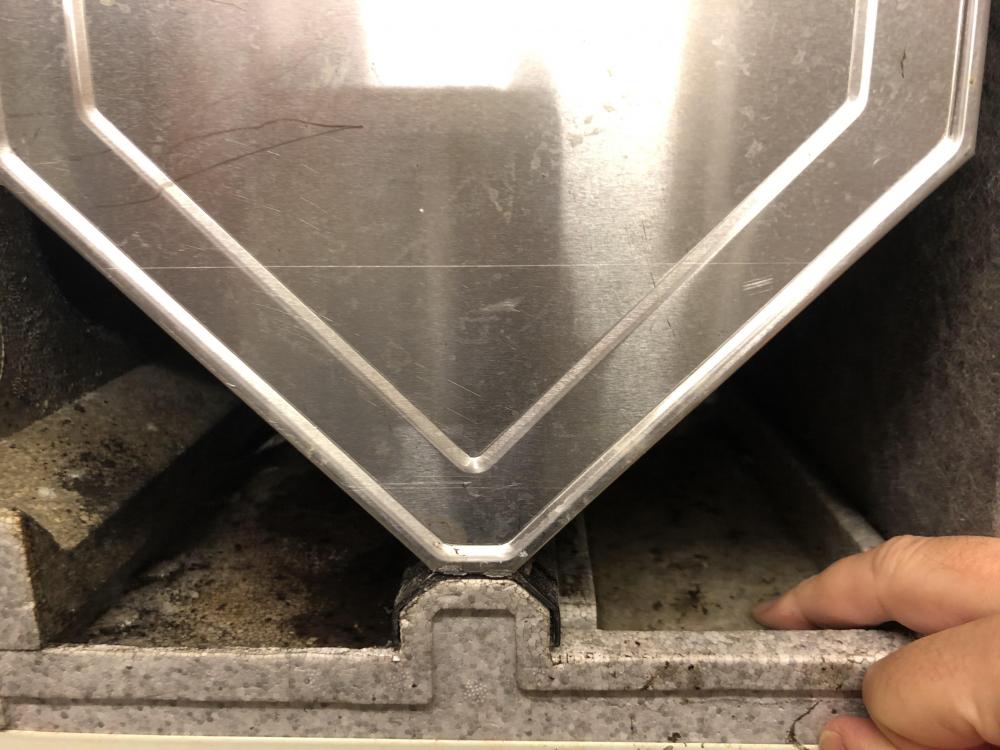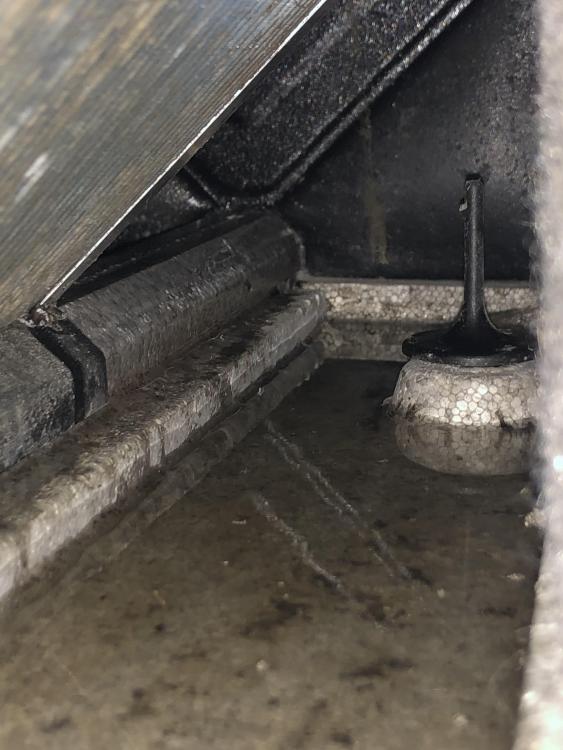
haddock
Members-
Posts
29 -
Joined
-
Last visited
Everything posted by haddock
-
I applied for an LDC prior to building my summerhouse, as there are a couple of neighbours who cause long delays complaining about every application and I didn't want to be on the defensive. As expected, they objected on all sorts of grounds but the council rejected the LDC application only on the grounds of it having a 'verandah', which is mentioned in the technical guidance in the bit about raised platforms etc. The so-called verandah has no floor; it's just a grassed area in front of the summerhouse but under the roof overhang. In the submitted plans it did have a handrail around the outside following the roof line above, however. If I re-submit the application without the handrail, the 'verandah' will just be a patch of grass under the roof overhang consisting of nothing except three support posts holding the front of the roof up. I'd be interested to hear any views on the council's decision to reject and what my chances at the Planning Inspectorate might be either with or without the handrail? Thanks for any thoughts...
-
Thanks again for the comments. I've found an old letter from during the build saying the building guarantee's surveyor insisted on "sub-floor ventilation" against the wishes of the builder and architect. Building control's project manager said "sub-floor venting can be omitted provided precautions have been taken to remove the possibility of organic matter being present" and it says this was done. So I'm going to block up these vents at least temporarily and see what effect it has on my problem.
-
I now realise I've omitted to mention an important piece of the jigsaw — the house is heated by hot air blown through metal ducts that run deep under the floor, about the level of the duvet. So that could explain the necessity of two insulation layers. Thanks both for emphasising the need to seal the inspection hole, which I will, but the cooling caused by the hole is nothing compared to whatever is cooling the bedroom at the other end of the house where the foundation is exposed.
-
Can't find any pics so just opened up the little hole in the floor I made a few months back. Quite a breeze coming up through the hole but it's not cold. Can confirm there is insulation on top of the beam/block floor (like a Kingspan kind of foam), with 2" screed on top of that. The duvet I'm talking about is much lower down.
-
It was built by the previous owner, whose wife was taken ill during the build and later the construction company went bankrupt. So although it's supposed to be a passivhouse (certification was refused only because the internal garage door isn't up to spec), the thermal performance is not great and there are problems of poor detailing in all aspects of the house that I'm slowly working through
-
Right! This might be the nub of it. My floor is made of concrete beams; I had to break through one earlier in the year to look into a drain problem and about 1.0m under the beams is the insulation duvet (the drain under that). When you say cold side, that would be another layer of foundation under the duvet?
-
Hello, My SIPs house is built on a slight slope, and end of the house where the foundations are exposed there are two air bricks, which I think are losing a lot of heat in today's weather. I'd forgotten they were there but the thermal camera shows them up. When I say foundations, I mean a space about 1.0m high which runs under the floor throughout the house, below SIPs level. It has a layer of thick insulation duvet at the bottom. I've attached a couple of pics. Can anyone more experienced with SIPs construction (or perhaps just construction generally) comment on why these air bricks are there, and whether I could block them up to keep the heat in? One of them is under an open-plan space, but the other under a bedroom and if you leave the bedroom door closed the room never warms up despite receiving the same flow of warm air as other rooms. There could be some other reason for the heat loss but the air brick seems the most likely cause. Thanks for any help!
-
MVHR mouldy and full of water
haddock replied to haddock's topic in Mechanical Ventilation with Heat Recovery (MVHR)
This is terrifically helpful, thanks Jack. Was preparing to order a new unit but will get this sorted. In other news, this afternoon I’ve discovered that my MVHR barely works when the gas air heater fan is on. And that fan has been on for 15 years… -
MVHR mouldy and full of water
haddock replied to haddock's topic in Mechanical Ventilation with Heat Recovery (MVHR)
(Apologies, looking through my posting history, I posted something very similar four years ago! At the time @jack mentioned a possible fix which Brink had applied.) -
Not a pretty sight is it? The exchanger is covered in mould on the same side as the condensate drain. It could be this has something to do with the house having combined MVHR and hot air central heating, which has been discussed a few times on here recently in less than glowing terms. The bottom right section is where the external air comes in and the bottom is full of water. That side doesn’t have a drain. Bottom left is where the air goes out to the outside. There’s a bit of water and mould there but the drain is working (I just poured 2L down). But lots of mould on the exchanger in that quadrant. I hadn’t looked inside for a year or two, when I fixed a problem with the condensate drain freezing up. That’s all fixed now and anyway it hasn’t approached zero this winter yet. Any pointers please? Just as a sanity check… it seems weird that the bottom two quadrants are external air and the top two are internal air, shouldn’t the air streams cross over in the exchanger? This is a Brink Renovent HR, paired with a Brink Allure gas air heater which blasts air around the house at 800-1,350m3/h even when the heating isn’t on. Obviously looking to get rid of the Allure and switch to some form of heat pump, probably an air to air one separate from the MVHR based on the comments on here. Thanks for any thoughts especially on the pooling water issue.
-
Absolutely fascinating to see the different heat performance results. My house is exactly the same size as @jack's but over one floor. So it seems it should be retaining heat much better than it is. I wonder what the best DIY approach to finding the heat leak is, some kind of heat camera? We currently have forced-air gas central heating, which has the advantage that it can heat the house from cold very quickly. I have it set to switch off automatically when the burglar alarm is armed. But want to replace or augment this with ASHP in the coming years.
-
Don't know if this is a sensible way to measure the effectiveness of insulation, but I'm interested to know how this compares to, say, a conventionally-built new-build UK house and a new-build passivhaus. It's 17.5 degrees inside right now at 11am, was 21 at midnight when the heating went off. So that's about 0.3 degrees of temp loss per hour. It's been an average of about -1.5 outside during that time. The house is very airtight (it was measured when constructed ~15 years ago), but at least one of the skylights has a thermal bridge which I think causes a lot of heat loss.
-
Okay, here's some pics of the inside. The problem is on that right hand side where there's about 1-2cm of water currently. It'll overflow soon. The second pic is with the exchanger pulled halfway out — is that where the Brink guy placed the strip? I can't imagine how it would get the water over to the left-hand side. They make mirror images of the units so it makes sense that the mouldings would have versions with condensate drain on the other side.
-
Hi there, The colder months are here again and my MVHR is filling with water again, so it's about time I found out what's going on. The bottom-left quadrant of the unit is the external outlet, and that has a condensate drain which seems to be working fine. However there is plenty of water collecting, very cold, at the bottom of the bottom-right quadrant, which is the external inlet. This side doesn't appear to have any form of drainage designed into it. Can anyone shed any light on this? I don't understand why I've got water somewhere that the design doesn't seem to anticipate. Thanks for any thoughts
-
It's a Honeywell leak detector — I have put a couple of them up there to monitor progress as I look for solutions. As well as updating me on leaks (pooled water) they also report temperature and humidity. I'm sat in the pub right now and it's telling me it's currently 26.1 degrees in the ceiling void, 48% humidity. It's 25.0 degrees at the thermostat in the room below. Up at the very top of the room at the skylight next to where the thermal bridge is, it's only 19.6 degrees and 56% humidity. https://www.honeywelluk.com/products/Connected-Smart-Products/Honeywell-Home/W1-Water-Leak-Detector/
-
Have spent many hours doing that over the last few years and got the hang of taking a good video while clinging to the bottom of the phone through the downlight hole! This video shows the water pooling and the vertical plasterboard that goes up to the top of the skylight where the flange is: https://www.icloud.com/sharedalbum/#B0R5oqs3qi9Dql Anyone prepared to cast a vote on whether possibility (A) or (B) is how the system is supposed to ventilate the main space?
-
There’s nothing to stop air rising through the light fittings and into the ceiling void — that’s maybe 20 ingress points just in the main living space. Would the VCL be something that would rest over the top of the light fittings then? Not sure what form it takes but I doubt there’s any practical way of retrofitting one.
-
Here's what the flange that's acting as a thermal bridge looks like from inside the room. Only a small part of it is exposed and as you can see the upper surface gets mouldy from the wet. I think a lot more condensation forms on the underside of the flange caused by moist air rising via the ceiling void but I don't have any direct evidence of that.

